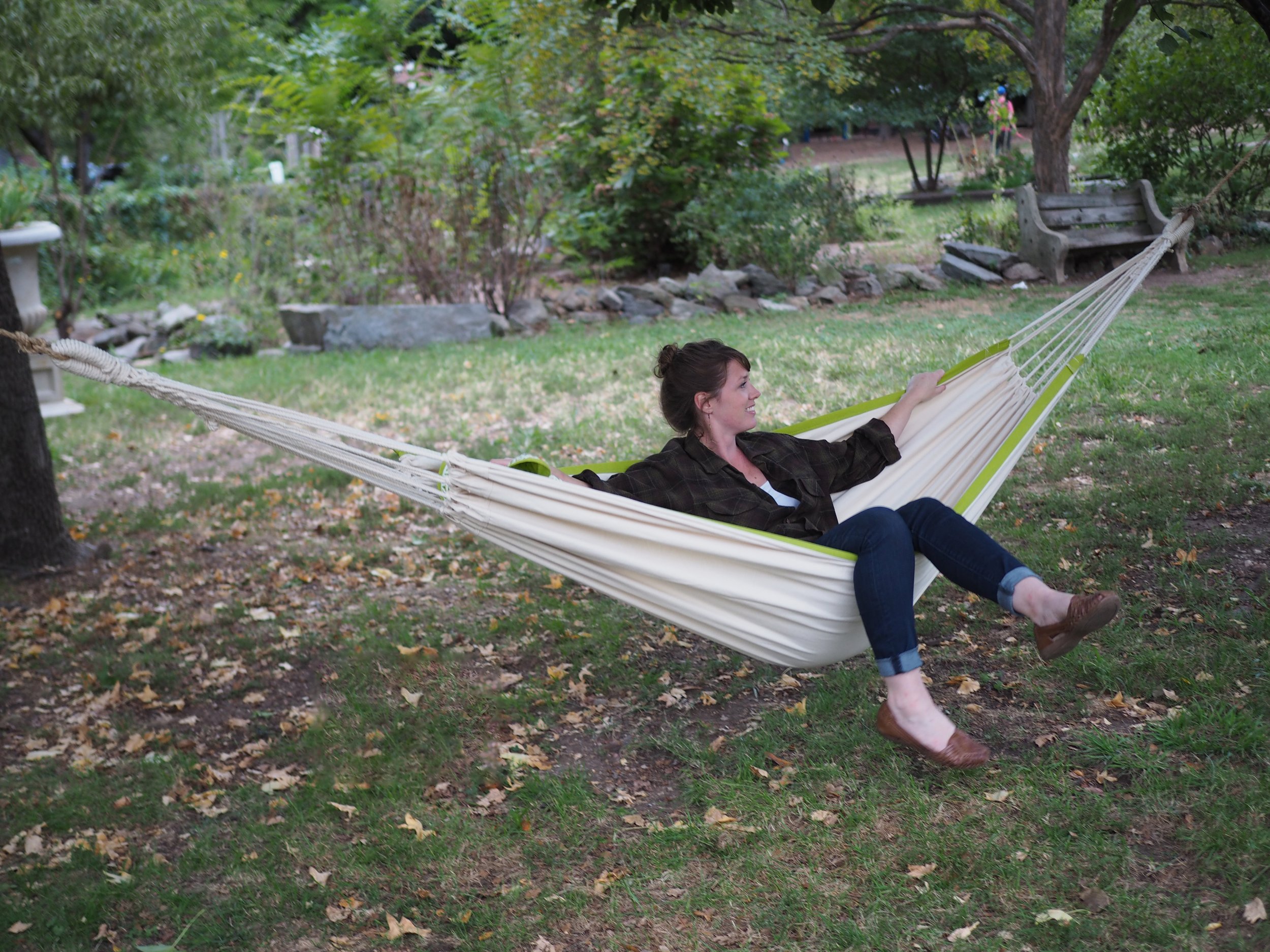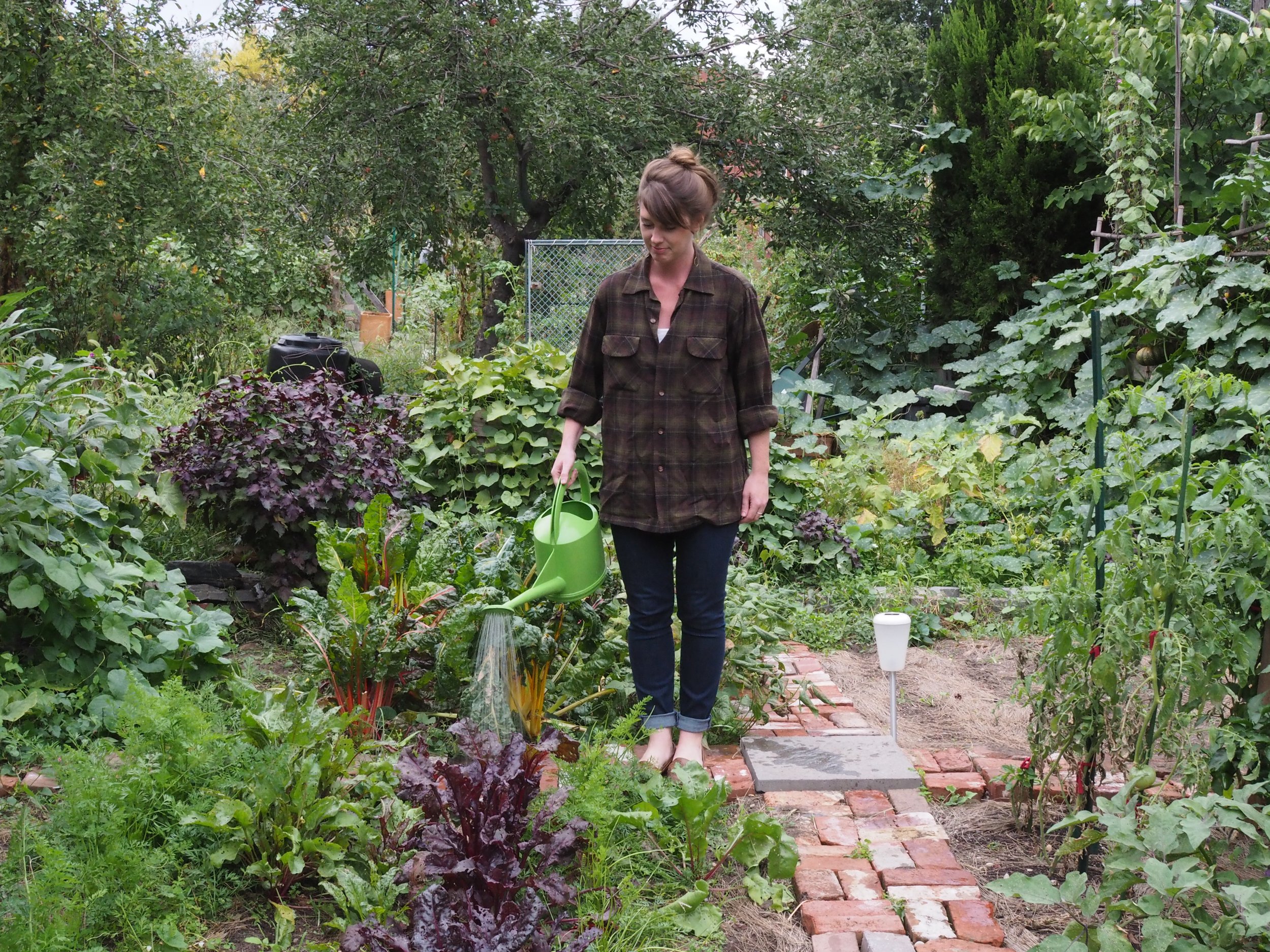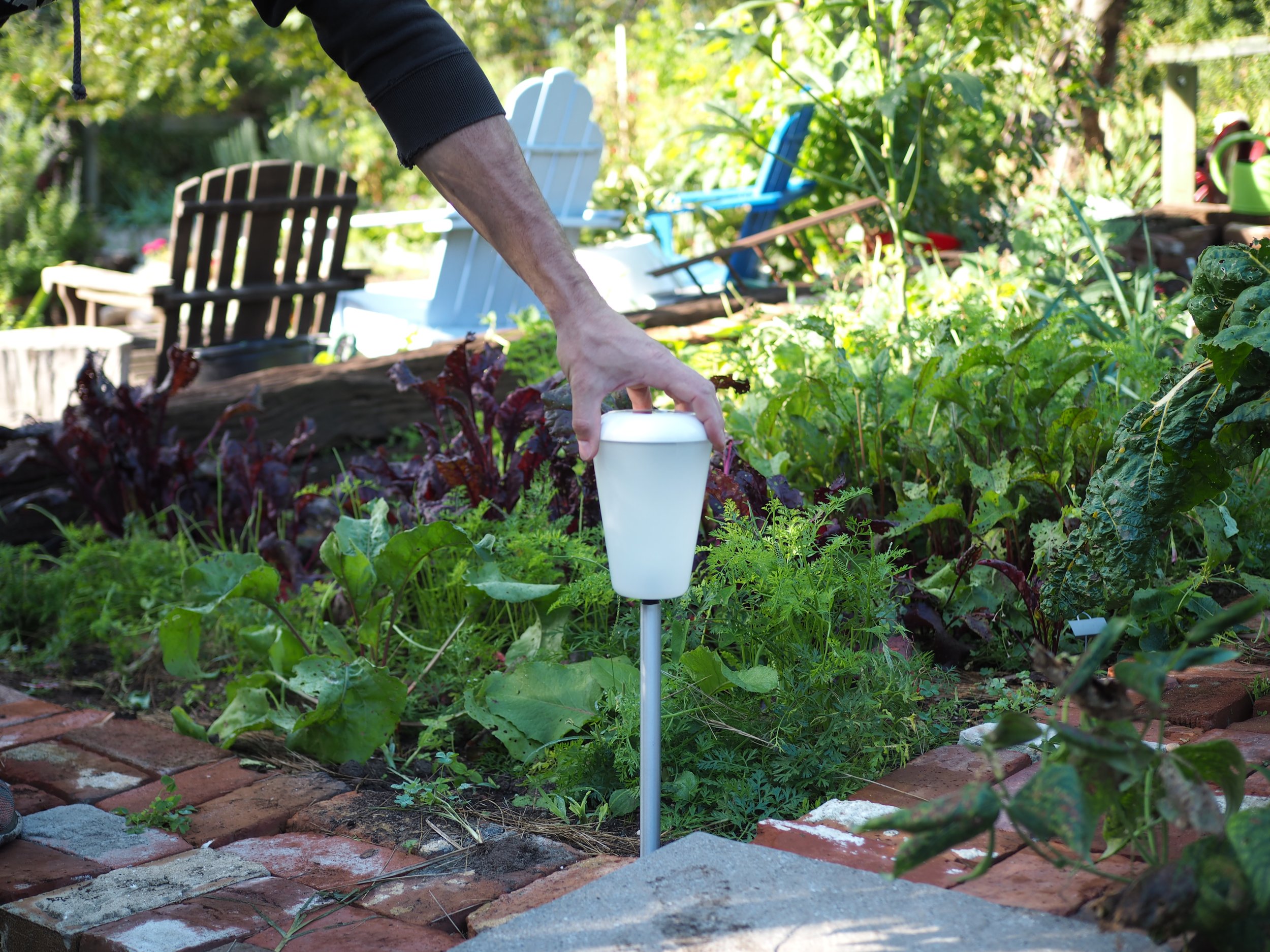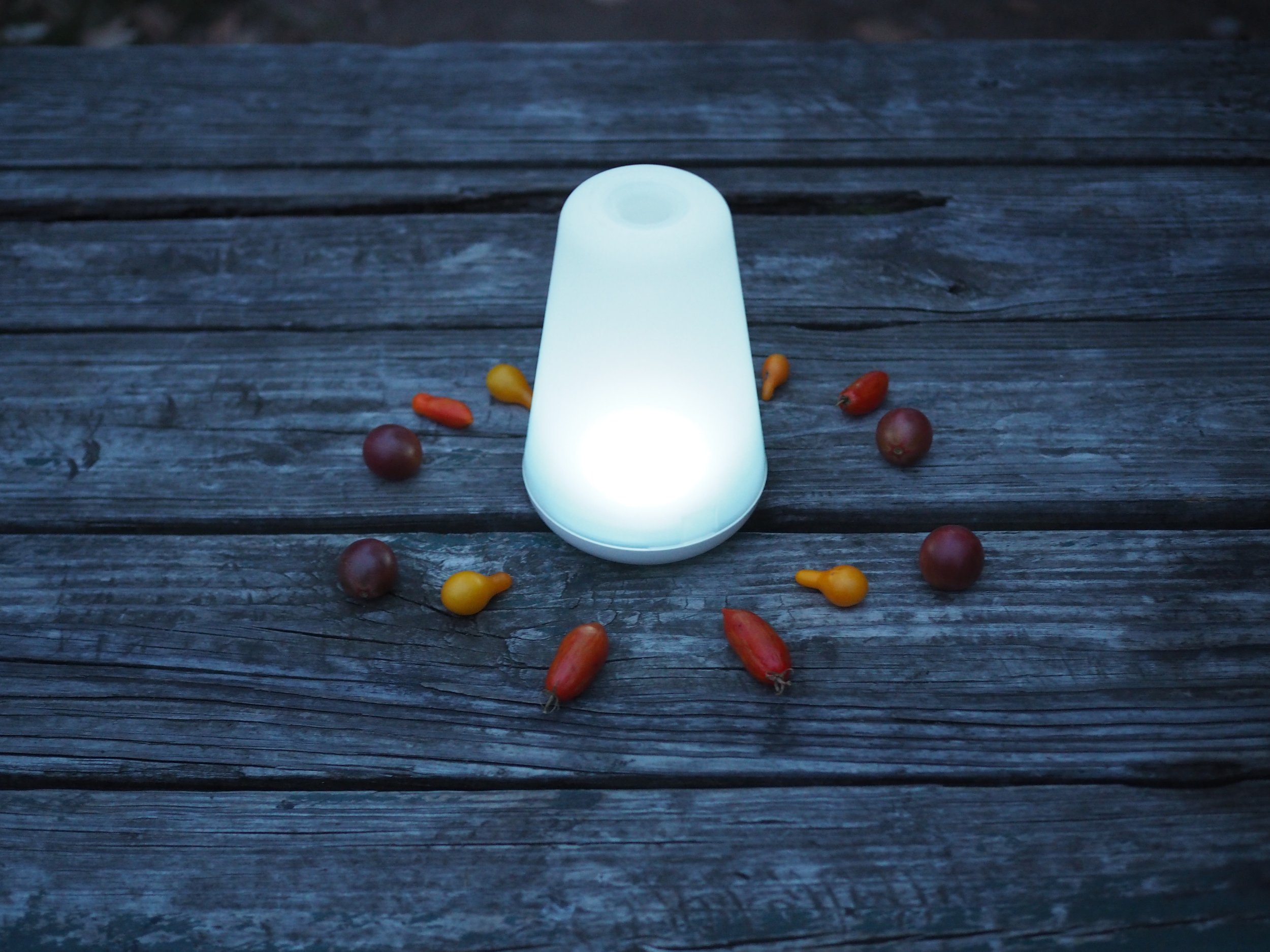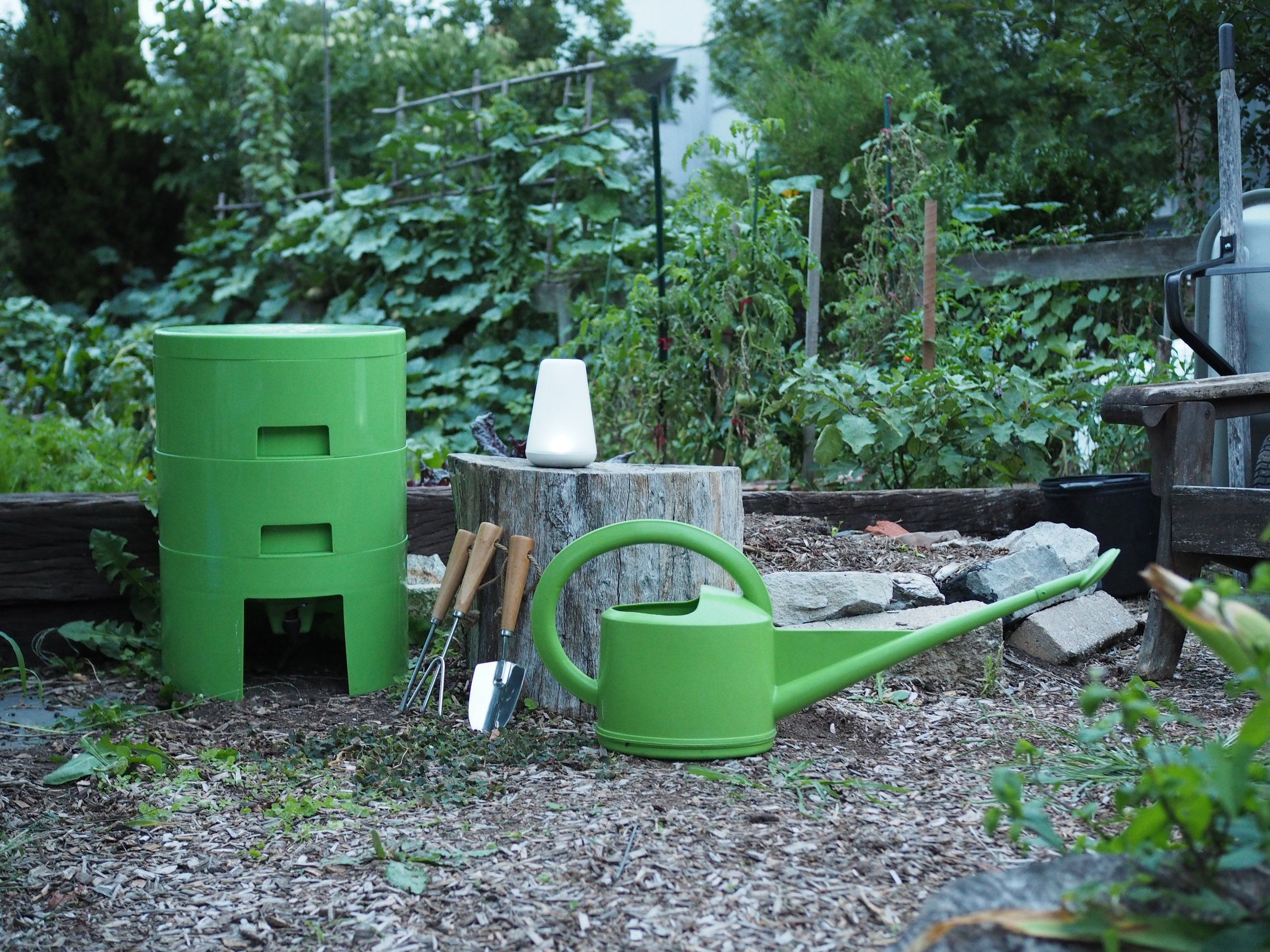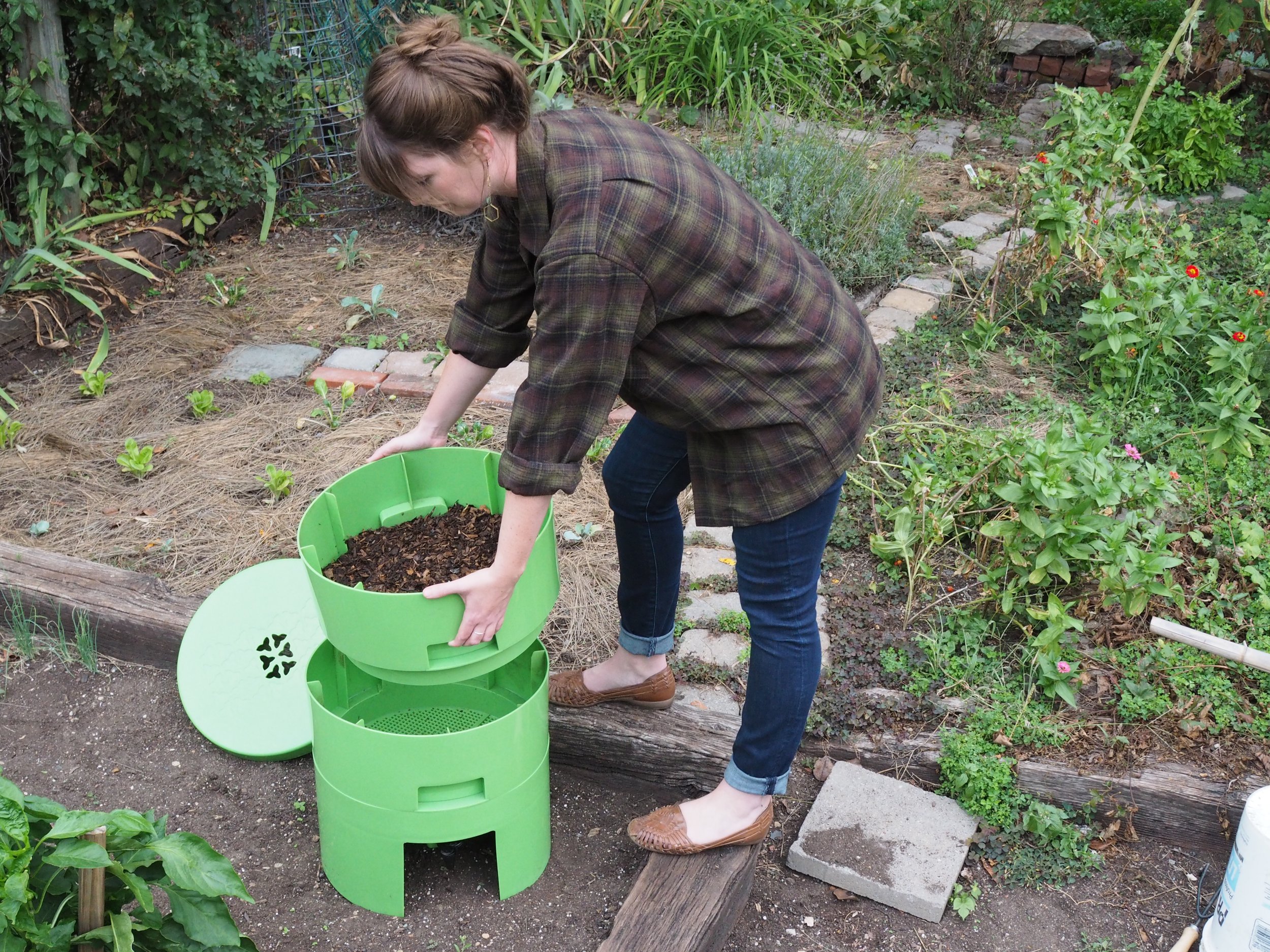Target(ing) Sustainability.
Reimagining the Target supply chain and customer sustainability experience.
Client: Target Corporation
Industry: Retail
Services: Product & Service Design, Experiential and Visual Design, Sourcing and Manufacturing, Strategy Development
Design Brief.
With the goal of making sustainability accessible, and their vendor-base more aware of and committed to sustainable practices, Target engaged MIO (and its sister consultancy FutureTogether) to help them craft a capsule collection. Together, we produced an innovative collection of products for the garden that simultaneously articulate our shared vision of utility, beauty, and durability—all while demonstrating how customer behaviors can be transformed through ecological habits, design experiences and intelligent material selection.
Outcome.
The MIO for Target collection—which included the first vermicomposter sold in-store at a mass retailer as well as the first portable solar lamp sold at Target—delivered. The line generated over sixty million impressions in major outlets online, in print and on television. But most importantly, it generated meaningful customer engagement, acted as a blueprint for Target’s design teams to measure environmental success on future collections, and challenged previous conceptions about sustainable products inside the store.
Social Impact.
Our design point of view challenged previously accepted ideas by considering consumers as engaged citizens, making room for our collaboration with Target to highlight and advance responsible sourcing and material selection criteria.
Environmental Impact.
The entire Mio for Target collection utilized recycled plastic and paper, organic cotton, azo-free dyes and limited the number of components used in every product. By tapping into the most responsible materials and processes available in Target’s vendor base, the collection was designed for disassembly, maximum recyclability, and minimal impact at end of life.
More broadly, our teams’ findings could aid in achieving greater environmental dividends through products’ entire life cycle. Not only did this serve as valuable tool for Target’s vast design, marketing, and business teams today, but it will impact their work well into the future.
“The beautifully designed, socially responsible MIO for Target collection makes ‘going green’ accessible to all Target guests.”
Gina Sprenger - Senior Vice President Merchandising
Design for New Behaviors.
The garden was chosen as the category for development thanks to our Active Sustainability strategy, which identified design interventions during the “use” part of the products cycle. The automatic associations and the level of engagement from our consumer set presented an opportunity to introduce more sophisticated environmental ideas and experiences without alienating Target’s customers.
Measure Of Success.
Sustainability is an integral part of our design process. The MIO for Target capsule collection presented new, exciting ways for Target vendors to track their impact—and for Target teams to measure their success.
Letting Material Selection Lead.
Mio for Target was designed to communicate environmental values to a mass audience.
· All packaging and paper products were either made directly from waste or they were FSC-certified and printed with bio-based inks.
· Every component from the collection was clearly marked for curbside recycling.
· The composter and solar lamps were designed for easy disassembly and recycling.
· The hammock was made with organic cotton, printed minimally with azo-free dyes.
· The carrying pouch was designed to be the retail packaging of the product.
· Items like the watering can were made domestically using recycled plastics—eliminating the need for shipping large, empty containers.
· The hand tools were made from bamboo, a modern and lasting material.
Material selection was a critical step in this endeavor. We made sure each material used in the collection provided an example of how products can have a reduced footprint without sacrificing quality or beauty.


